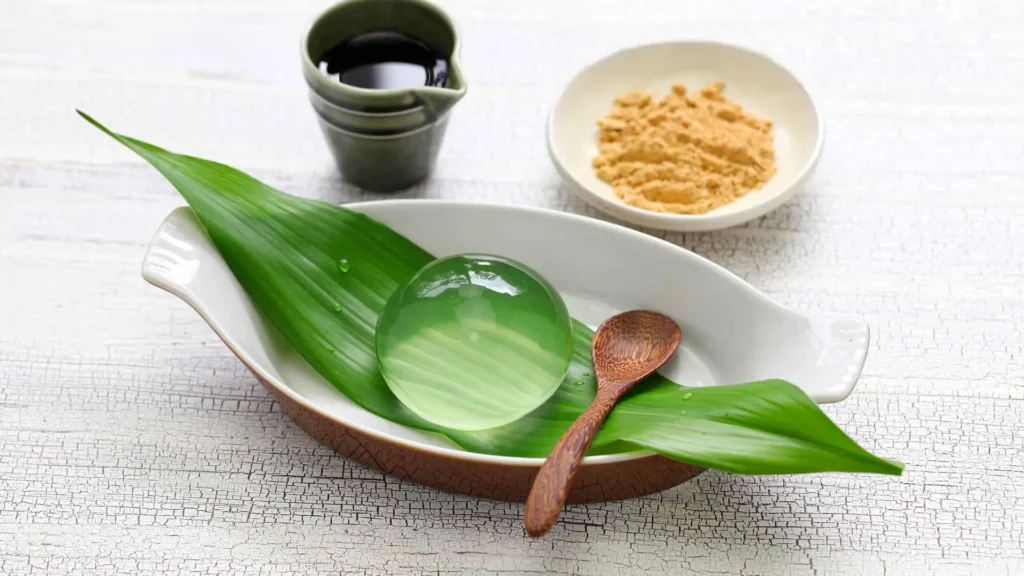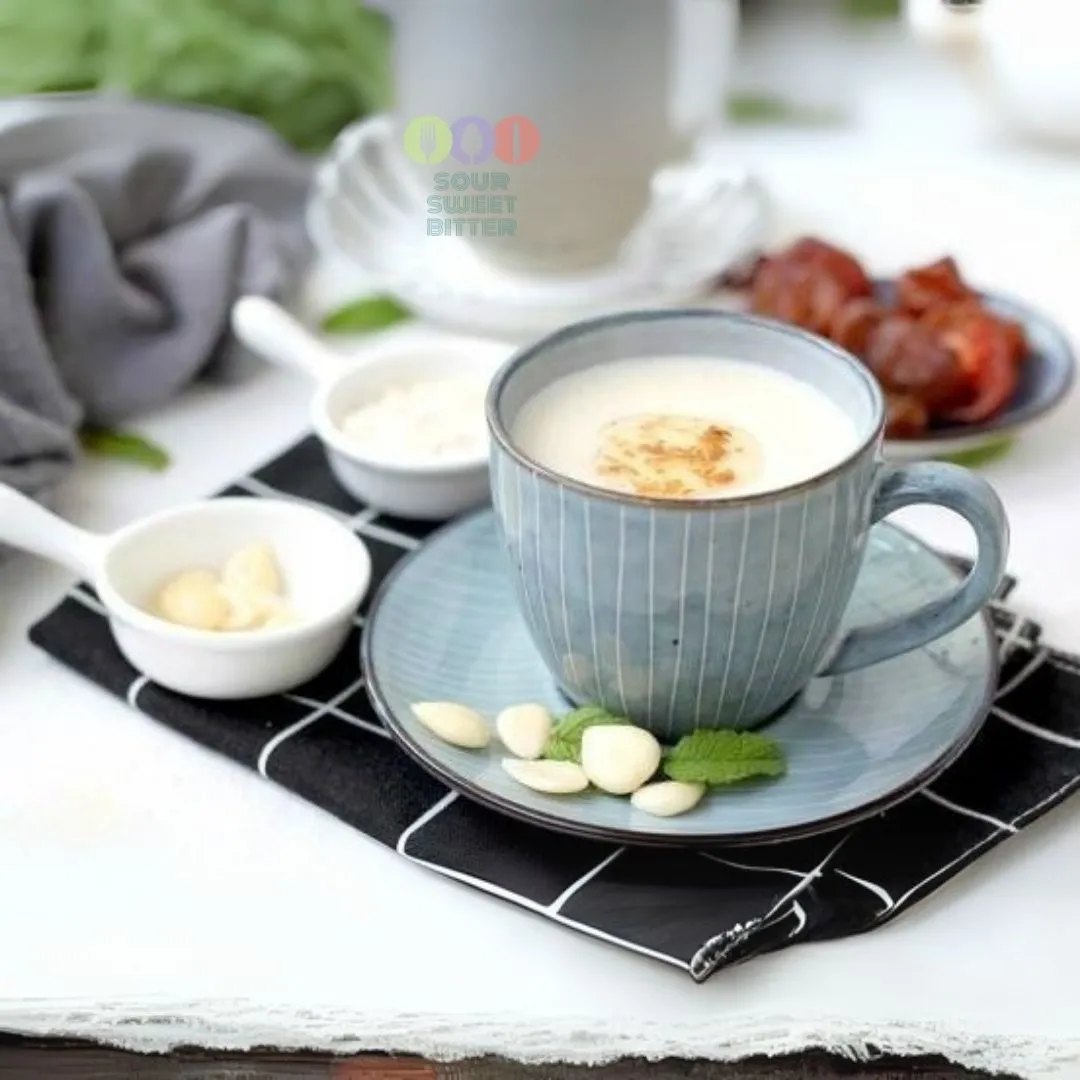Japanese Raindrop Mochi: A Delicate Culinary Art
Raindrop mochi, or “mizu shingen mochi,” captures the essence of nature through its elegant form and delicate flavor. This exquisite dessert exemplifies Japan’s culinary artistry while reflecting the country’s deep appreciation for seasonal beauty.
The Sweet Origins of a Culinary Marvel
Raindrop mochi originated in Yamanashi Prefecture, nestled in the picturesque Japanese Alps. Traditional mochi has been cherished for centuries, but the contemporary version we know today emerged in 2015. Inspired by the allure of water droplets, confectioner Kameya Mannendo created a dessert that showcases the fleeting essence of nature.
The sweet’s innovative design quickly captivated food lovers, particularly on social media, where its visual appeal became a highlight. This dessert embodies Japan’s wabi-sabi aesthetic, celebrating simplicity and the transient beauty of the natural world.
Celebrating Nature’s Beauty: Cultural Connections
This dessert signifies the harmony between culinary creations and the environment. Made with just two ingredients—water and agar-agar—raindrop mochi exemplifies Japan’s philosophy of minimalism in cooking. The translucent, jewel-like appearance evokes images of glistening dewdrops, encouraging a deep appreciation for nature’s wonders.
Typically served with kinako (roasted soybean flour) and kuromitsu (black sugar syrup), the accompaniments enhance the mochi’s subtle sweetness, providing delightful textural contrasts. The experience of preparing and enjoying raindrop mochi fosters a connection to the earth and its ever-changing seasons.
Mindful Eating: A Sensory Journey
Savoring this dessert transforms eating into a moment of mindfulness. Presented as a glistening droplet, diners are invited to appreciate the artistry before indulging. The smooth texture and gentle sweetness offer a refreshing experience, particularly during the warm summer months when it is often featured at festivals.
Enjoying this delicacy involves a sensory exploration where flavors, aromas, and textures come together, creating a unique celebration of nature.
A Global Sensation: Raindrop Mochi’s Rise to Fame
In recent years, this dessert has gained international acclaim, becoming a must-try treat in Japanese restaurants and cafes around the world. Its beauty and creativity inspire food enthusiasts, who eagerly share their experiences online. As culinary tourism flourishes, travelers flock to Japan to taste this delicate sweet, further amplifying its popularity.
Chefs are also exploring modern interpretations, incorporating diverse flavors like matcha, fruit purees, and edible flowers. These innovations honor traditional methods while adding contemporary twists, showcasing the versatility of Japanese cuisine.
Timeless Legacy: The Allure of Raindrop Mochi
Japanese raindrop mochi serves as a culinary treasure that encapsulates artistry, simplicity, and beauty. Its historical roots and cultural significance reflect a profound appreciation for nature’s wonders. As it continues to enchant palates around the world, raindrop mochi secures its place in Japan’s rich culinary heritage, inviting generations to indulge in its delicate allure.
Discover Traditional Recipes from Japan Discover Traditional Asian Recipes You may like this also: Turkish Delight 10 Most Interesting Desserts from All Around the World
Japanese Raindrop Mochi
Ingredients
Ingredients
Toppings
Instructions
Prepare the Mold:
-
Use a spherical or hemispherical mold to achieve the raindrop shape. You can use silicone molds or any round shape molds you have.
Mix the Ingredients:
-
In a small saucepan, combine the water and agar-agar powder. Stir well to dissolve the agar-agar completely.
-
Add the sugar and stir until it dissolves.
Cook the Mixture:
-
Place the saucepan over medium heat and bring the mixture to a boil. Once it reaches a boil, reduce the heat and simmer for about 2 minutes, stirring continuously to ensure the agar-agar is fully dissolved.
Pour into Mold:
-
Carefully pour the hot mixture into your prepared mold. Let it cool slightly, then transfer the mold to the refrigerator.
-
Allow the mochi to set in the refrigerator for at least 2 hours, or until firm.
Unmold the Mochi:
-
Gently remove the set mochi from the mold. Be careful as the raindrop mochi is very delicate.
Serve:
-
Place the raindrop mochi on a plate. Sprinkle kinako (roasted soybean flour) on top and drizzle with kuromitsu (brown sugar syrup) for added flavor.
-
Enjoy your beautiful and refreshing raindrop mochi. Itadakimasu!











